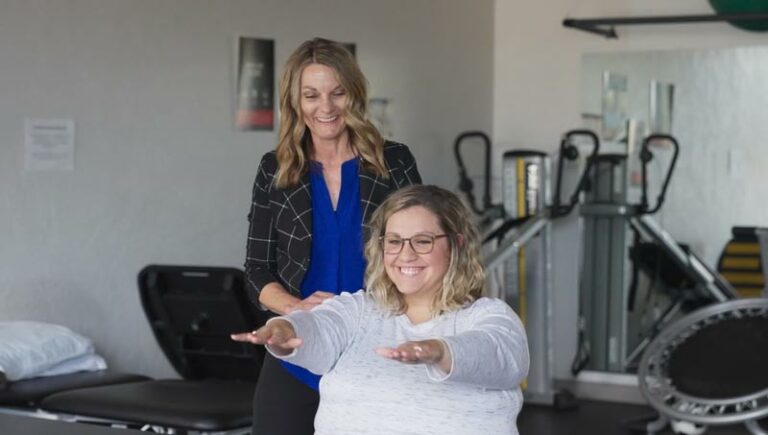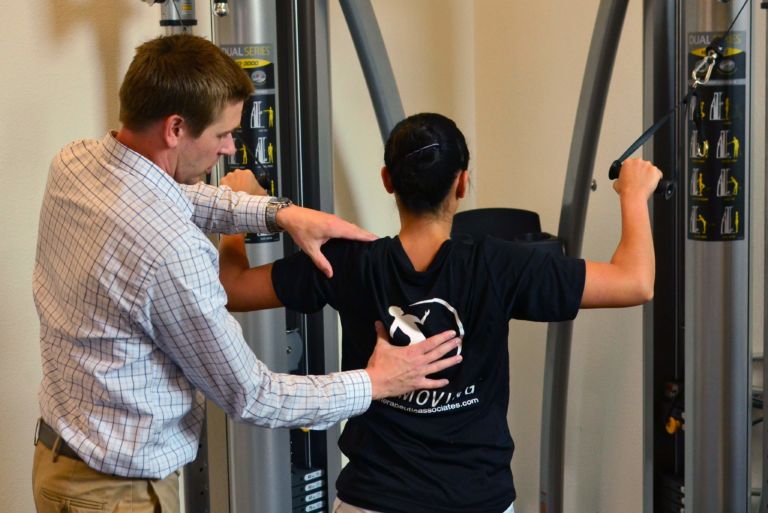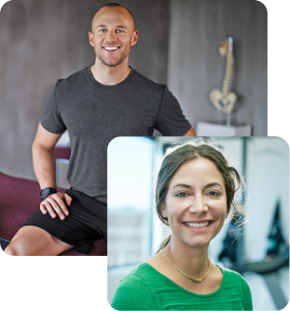Thank you for your question. Without doing an examination, we’re not able to comment on your specific condition but we can offer some general insight. It is normal for people to have an arch in their lower back. This curve is called “lumbar lordosis.” Some people naturally have a more pronounced lumbar lordosis than others. This can be structural (how their skeleton naturally developed), habitual (think of gymnasts’ arched low backs), or it can be associated with impairments in the strength and control of a person’s trunk and hip muscles.
Excessive lumbar lordosis can potentially contribute to abnormalities in the appearance of a person’s walk as well as the development of low back pain. However, it is also possible to have a very arched lower back that does not result in pain.

A physical therapist can assess a person’s spinal mobility and core muscle control to determine if the person has impairments that may contribute to abnormal walking patterns and/or low back pain. If this is the case, treatment will often include a plan of care that includes specific strengthening exercises for a person’s weak muscles as well as stretches for tight muscles.
Understanding that musculoskeletal problems are just one facet of a person’s overall health, if a physical therapy exam suggests that there is a non-muscular underlying cause for a person’s abnormal walking and arched lower back, the therapist may initiate a thorough assessment to explore potential neurological, orthopedic, or even systemic issues contributing to the observed abnormalities. If indicated, the physical therapist will refer the person to a different healthcare provider to ensure that they get the care they need.

Physical therapy is covered by most insurance plans. We recommend that you check with your insurance provider to determine your coverage since specific insurance policies vary. You can also call a physical therapy clinic near you with your insurance information and they will assist you in determining your insurance coverage. If you choose not to pay with insurance, you can ask a physical therapy office near you about cash-pay rates. Learn more about insurance in our blog: Insurance 101: Navigating Commercial Healthcare Benefits.

Start your physical therapy journey today.
As physical therapists, we know the importance of movement for overall health and well-being. From injury recovery to achieving optimal performance, our passion is to help every patient reach their goals and live an active, pain-free life.


